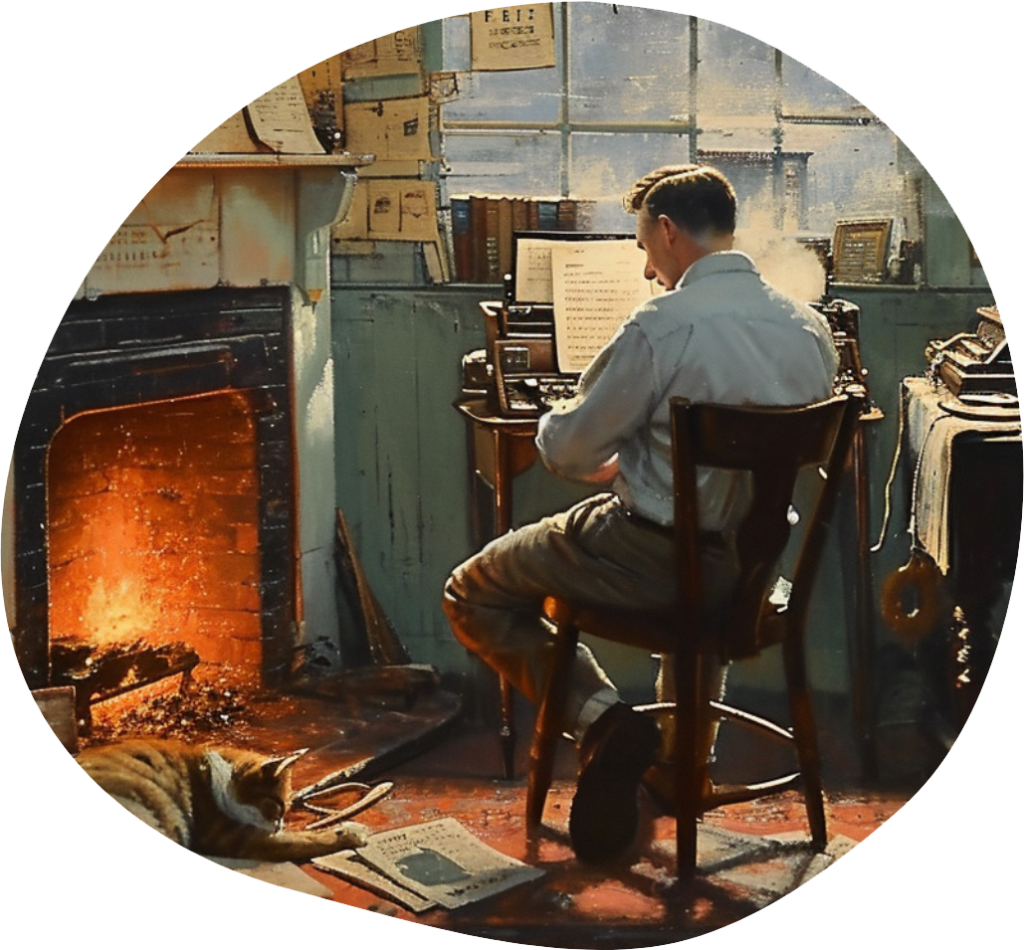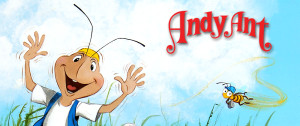
Story Writing Hints
By
Gerald D. O’Nan
Author of the
Adventures of Andy Ant Books
(Note: I will try to give you hints and ideas about writing stories using the 8 books in The Adventures of Andy Ant as examples. Having a set of the Andy Ant books available will help you understand the context better, but it isn’t necessary if you have a good imagination.)
Where I Started
One of the most exciting and rewarding things I have ever done is to write stories. And I want you or your child to have that same experience. The basics of writing are simple and with everything in life, the more you do it, the easier it becomes and the better you become at the skill.
By way of background, I am an attorney in Colorado who worked for the federal government and retired after 38 years of service. I always loved to hear a good story. I continue to be surprised about how many people can’t write or tell a story about something that happened to them. A portion of my job as an attorney was to help people (witnesses) learn how to tell their factual accounts of events. My first “stories” were factual accounts of events or experiences written for magazines or newspapers. I found that writing these stories was both relaxing and rewarding. A bit later in my career, I thought about writing fictional stories for kids.
I had finished writing my very first Adventures of Andy Ant story and was getting ready to submit it to several publishers. My brother, Larry had created the name “Andy Ant” when he was telling bedtime stories to his two girls. While I never got to hear any of those bedtime stories, I loved the name, Andy Ant and I had planned to purchase the name from him, just to make everything legal. But rather than sell the name he suggested that we work together; he using his genius marketing and networking skills and me, writing the stories and dealing with the legal side of publication. From that collaboration, Andy Ant Productions, Inc. was born.
Writing was a significant part of my job and the principles of writing a litigation brief are similar to writing a fictional story. In fact, as a very young attorney, my boss reminded me that a litigation brief is a “story for the judge,” it needs to be simple and it needs to be “exciting!” Like any story, the brief needs to have a beginning, middle, and end. And just like every story, there are “good guys and bad guys,” or good events and bad events. And my briefs were no exception.
In many ways, writing the litigation brief was always easier than writing one of the Andy Ant stories. The litigation brief was easier because one of the of the most difficult parts of any story “the idea for the story” was already known.
So, how do you get an idea for a story if it isn’t handed to you? Look for “The Idea” hint.
Copyright © 2023 by Gerald D. O’Nan All Rights Reserved. No part of this document may be used or reproduced by any means, graphic, electronic, or mechanical, including photocopying, recording, taping, or by any information storage retrieval system without the expressed written permission of the author except in the case of brief quotations embodied in critical articles and reviews.



